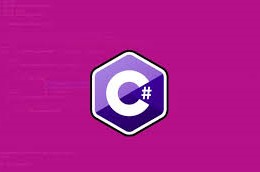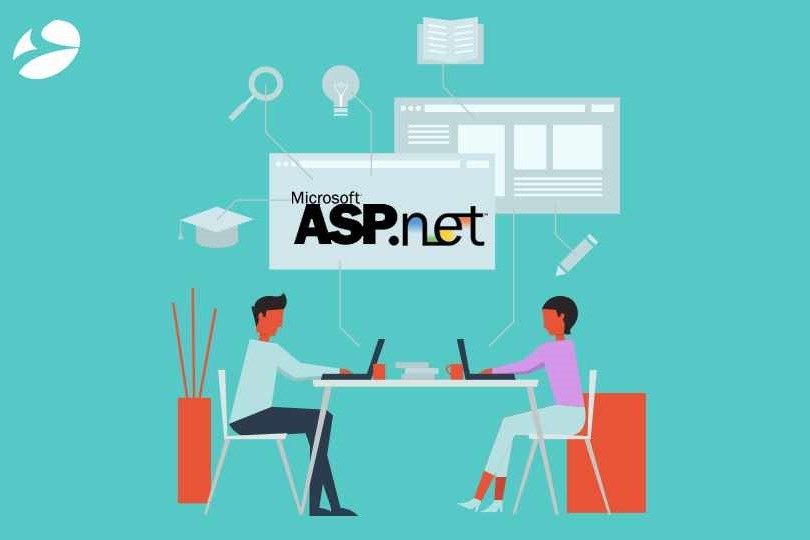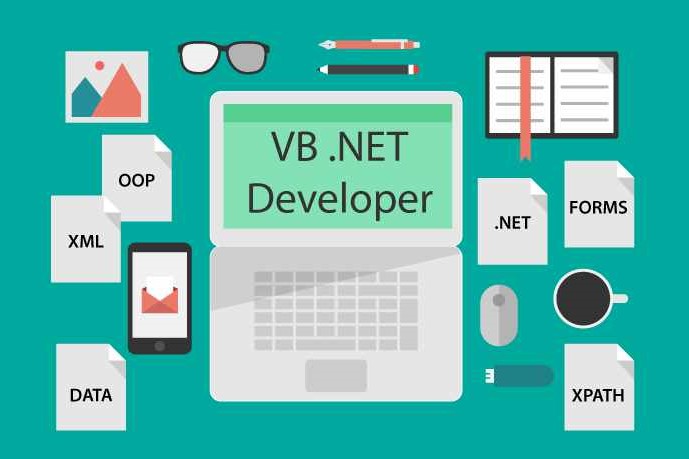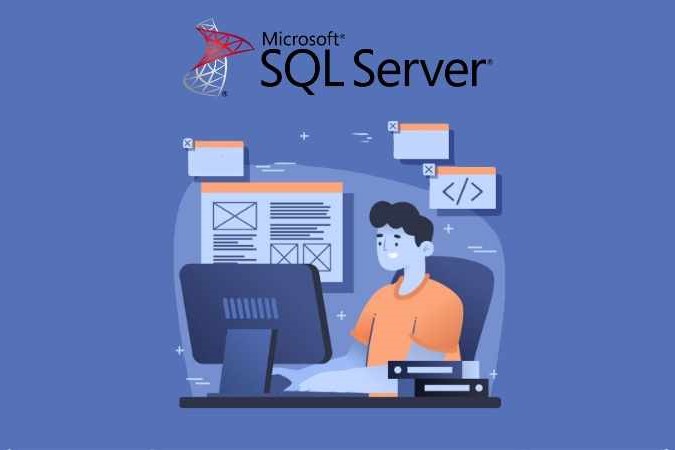Course Information
- Course Price $250
- Total Students 800+
- Course Duration 4 Weeks
Description
The ASP.NET MVC framework is a testable and lightweight framework with existing ASP.NET features including master pages, authentication etc. It will divide application into three elements comprising Model, View and Controller.
Model: Model has data about the application. All the details that are to be presented and its requirements with regard to access and other validations are all given here.
View: View shows the data in the Model component. Any response from the user is also acknowledged and sent to the Controller component.
Controller:The Controller is responsible for offering the data present in the Model to the View component and eventually interpret the user response that gets acknowledged by the View component.
Benefits
- With the help of MVC, we can make the web development process interesting with a hassle-free setup.
- It controls the complexity by classifying the application into the model, the view and controller.
- Every specific step of the software development life cycle is made easier.
- At the time of development, the MVC architecture assists in a way that each component can be handled by a person. Hence time consumption will be lessened.
- The development code gets less difficult as we can easily comprehend the flow of code functionality when applying MVC.
- It offers better support for test-driven development.
- It may be complicated but assists in offering clean code.
- We require MVC for development of one or more application concurrently at a faster rate.
- It assists the companies in better maintenance and support for the applications.
Syllabus
- What is .NET Framework?
- What are components of .NET Framework?
- IDE for .NET
- The role of the Model, View and Controller
- Key benefits of ASP.NET MVC
- ASP.NET MVC project templates
- Understanding the structure of an ASP.NET MVC project
- Naming Conventions
- Creating views
- Defining controllers
- Defining a data model
- Editing Model in MVC
- Update Model function in MVC
- Using data transfer object as model in MVC
- Defining and using custom HTML Helpers
- Generate hyperlinks using Action Link html helper
- Razor Views in MVC
- Layout View
- Defining and using partial views
- View Engines in MVC
- Customizing the auto generated Create view
- Creating strongly-typed views
- Understanding URLs and action methods
- Using HTML helpers
- View data and View Bag
- ASP.NET application architecture best practices
- Implementing a Repository and Entity Framework Data Model
- Data Access in MVC using entity Framework.
- Working with multiple tables in MVC
- Using business objects as model in MVC
- Languages features used in LINQ
- Creating simple LINQ queries
- Using LINQ queries in a web application.
- Overview of AJAX and ASP.NET MVC
- Generating a Radio Button List control in MVC using HTML helpers
- checkbox List in MVC
- List box in MVC
- Displaying images in MVC
- Implementing Paging in MVC
- Implementing Sorting in MVC





